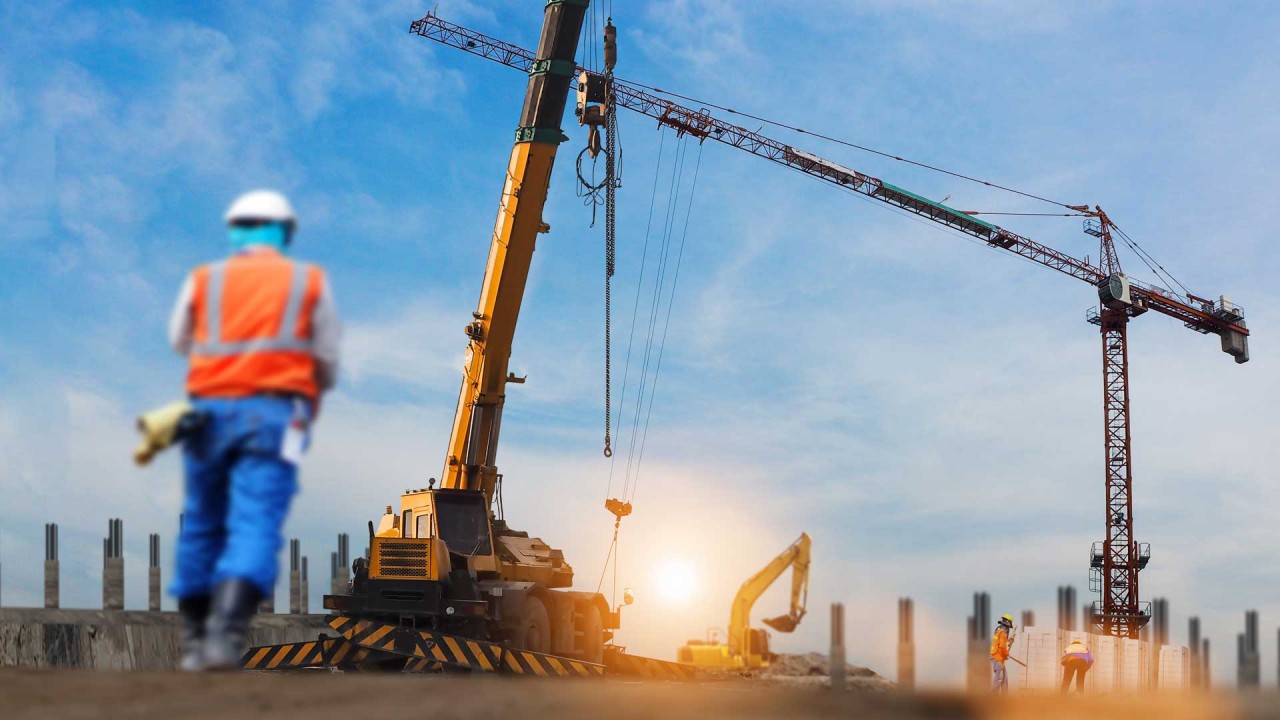
Safety is a top priority in any workplace, primarily when operating heavy machinery like overhead cranes. These powerful lifting devices are essential for many industries but also have inherent risks. To safeguard worker safety and prevent accidents, comprehensive Overhead Crane Safety Training is a must. In this article, you can explore why employers need to prioritize overhead crane safety training and how it may make a huge impact in ensuring a safe and productive workplace.
1. The Importance of Safety Training: Mitigating Risks
Operating an overhead crane requires specialized skills and knowledge. Without proper training, workers may be unaware of the potential risks and hazards involved in using these machines. By providing comprehensive safety training, employers can equip employees with the necessary skills to operate overhead cranes safely. Training sessions cover essential topics like crane operation, load handling, and emergency procedures, ensuring that workers understand how to mitigate risks and respond to potential dangers effectively.
2. Ensuring Compliance with Regulations: Meeting Legal Obligations
Workplace safety is not just a moral responsibility; it is also a legal obligation. In many countries, there are strict regulations and standards governing the operation of overhead cranes. Employers are required to comply with these regulations to ensure the safety of their workers and avoid legal liabilities. Providing proper safety training for employees is a crucial step in meeting these legal obligations and maintaining a safe working environment.
3. Empowering Workers: Building Confidence and Competence
Safety training goes beyond just teaching rules and procedures. It empowers workers by building their confidence and competence in operating overhead cranes. When employees feel knowledgeable and skilled in using the equipment, they are more likely to approach their tasks with confidence and attentiveness. This empowerment fosters a culture of safety where workers actively participate in maintaining a secure work environment.
4. Reducing Accidents and Downtime: Increasing Productivity
Workplace accidents involving overhead cranes can lead to injuries, property damage, and costly downtime. Investing in comprehensive safety training can significantly reduce the risk of accidents and their associated costs. Workers who are well-trained and aware of safety protocols are less likely to make errors that could lead to accidents. This reduction in accidents not only ensures the well-being of employees but also increases overall productivity by minimizing disruptions in the workflow.
5. Customized Training Solutions: Tailoring to Specific Needs
Every workplace is unique, and the specific risks associated with overhead crane operations can vary from one site to another. Employers should seek out safety training providers that offer customized solutions to address their workplace’s specific needs and challenges. Tailored training programs can better prepare workers for the specific conditions they will encounter, ensuring that they are fully equipped to handle any situation safely.
6. Regular Refresher Training: Sustaining Safety Standards
Safety training should not be a one-time event but an ongoing process. Over time, employees may forget certain safety practices or encounter new challenges that require additional training. Regular refresher training helps sustain safety standards and reinforces the importance of safe practices in the minds of workers. Employers should schedule periodic safety training sessions to keep their workforce up-to-date with the latest safety procedures and best practices.
Conclusion: Empowering a Safe and Productive Workforce
In conclusion, Overhead Crane Safety Training is a vital investment for employers to ensure the well-being of their workforce and maintain a safe and productive work environment. By providing comprehensive and customized training solutions, employers empower their workers with the skills and knowledge needed to operate overhead cranes safely and efficiently. Prioritizing safety training not only mitigates risks and ensures compliance with regulations but also builds a confident and competent workforce that contributes to the success of the organization. So, invest in this safety training and build a culture of safety that fosters a secure and productive work environment for all.

